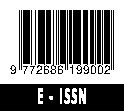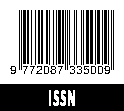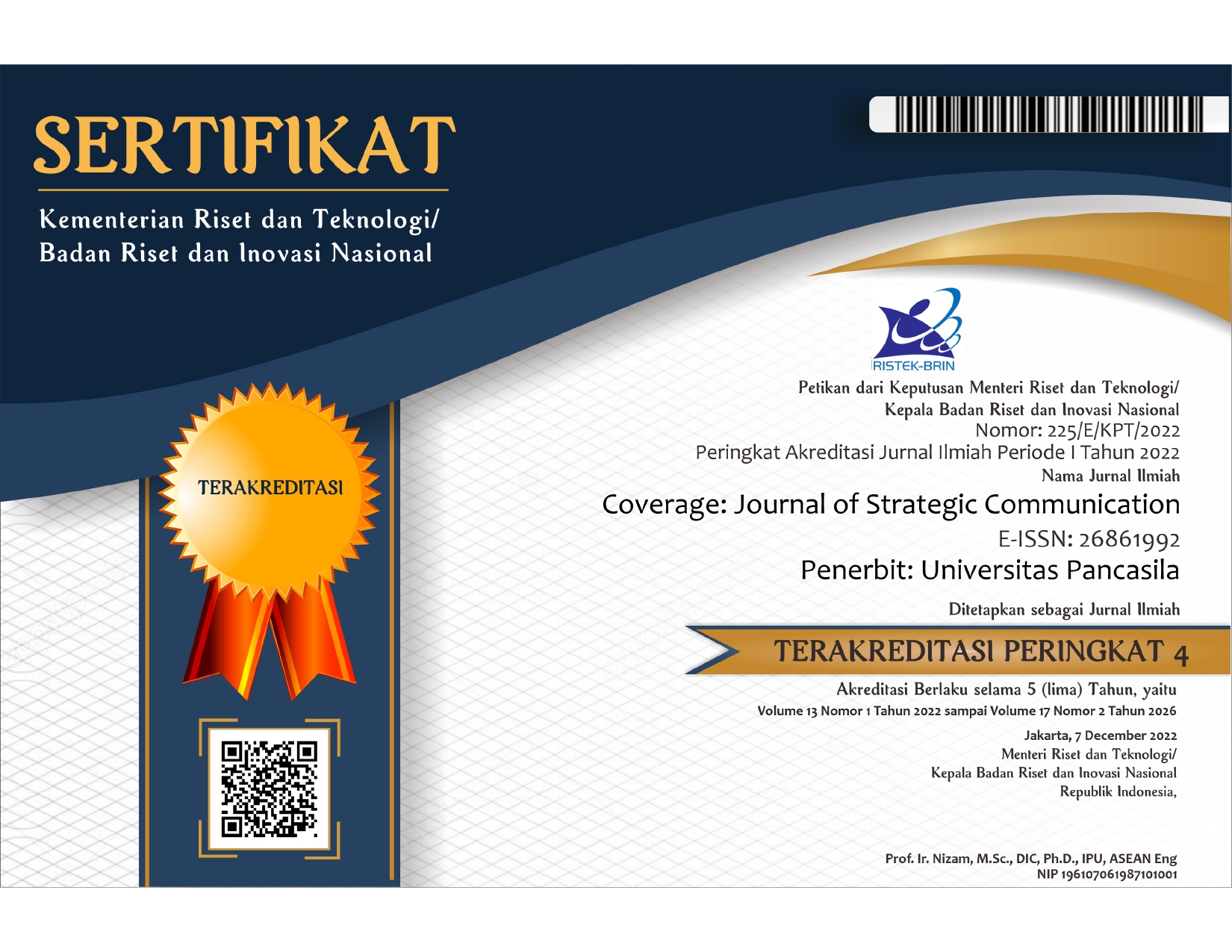PEMANFAATAN e-WOM DALAM KEGIATAN KOMUNIKASI PEMASARAN PRODUK ES KRIM AICE
DOI:
https://doi.org/10.35814/coverage.v11i1.1731Keywords:
e-WOM, Marketing Communications, AiceAbstract
The growth of the ice cream industry in Indonesia is experiencing rapid progress since the last four years. Aice as a new producer in the Indonesian ice cream industry began to circulate in Indonesia since 2015. A number of certificates and awards obtained by Aice show that Aice is able to pursue and even surpass other brands that have long been circulating in the community.The purpose of this study is to describe the e-WOM activities conducted by Aice ice cream. This study uses a qualitative descriptive approach to describe how e-WOM activities carried out by Aice in an effort to gain consumer trust so that Aice is able to get the TOP Brand in 2019. This study found that the marketing communication strategy carried out by Aice ice cream uses e-WOM through Instagram @ aiceindonesia is done to fulfill the five general objectives of social media marketing, namely relationship building, brand building, publicity, promotions, and market research.
References
Basarani, S. (2011). Electronic Word of Mouth: Managing Online Guest Reviews in Hospitality Industry. Swedia: Jurnal Internasional Universitas Sodertorns.
Devito, J. A. (2011). Komunikasi Antar Manusia. Pamulang: Karisma Publishing Group.
Gruen,T.W.,Osmonbekov,T.,Czaplewski,A.J. (2006). eWOM: The Impact of Customer-to-Customer Online Know-how Exchange On Customer Value and Loyalty, Journal of BusinessResearch, 59(4): 449-456.
Gunelius, Susan. (2011). 30-Minute Social Media Marketing. United States: McGraw-Hill Companies.
Hennig- Thurau, Thorsten, Kevin P. Gwinner, Gianfranco Walsh, dan Dwayne D. Gremler. (2004). Electronic Word-of–Mouth via Consumer-Opinion Platforms: What Motivates Consumers to Articulate Themselves on the Internet?. Journal of Interactive Marketing, 18 (1): 38-52.
Jalilvand, M. R. dan Samiei, N. (2012). The Effect of Electronic Word of Mouth on Brand Image and Purchase Intention. An Empirical Study in the Automobile Industry in Iran. Marketing Intellegence and Planning, 30 (4):460-476.
Jeong, E. dan Jang, Soo Cheong (Shawn). (2011). Restaurant Experience Triggering Positive Electronic Word-of-Mouth (e-WOM) Motivations. International Journal of Hospitality Management, 30:356-366.
Kotler, P. dan Amstrong. (2004). Dasar-Dasar Pemasaran Edisi Sembilan Jilid 1. Jakarta: Indeks.
Kotler, Philip dan Keller, Kevin Lane. (2009). Manajemen PemasaranEdisi 13 Jilid 1. Jakarta:Indeks.
Mason, R. B. (2008). Word of Mouth As a Promotional Tool for Turbulent Markets. Journal of Marketing Communication: 207- 224.
Mathis, Robert L. dan Jackson, John H. (2011). Human Resource Management Edisi 10. Jakarta: Salemba Empat.
Moelong , L. J. (2008). Metode Penelitian Kualitatif. Bandung: PT. Remaja Rosda Karya.
Mulyana, D. (2004). Metodologi Penelitian Kualitatif. Bandung: PT Remaja Rosdakarya.
Sugiyono. (2005). Metode Penelitian Administrasi. Bandung: Alfabeta.





















